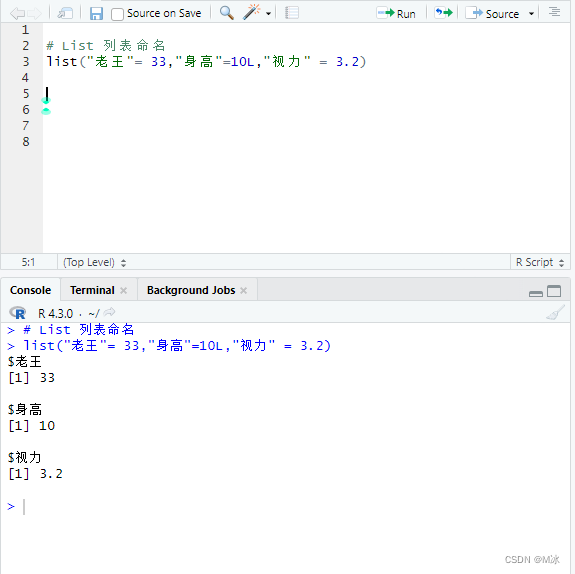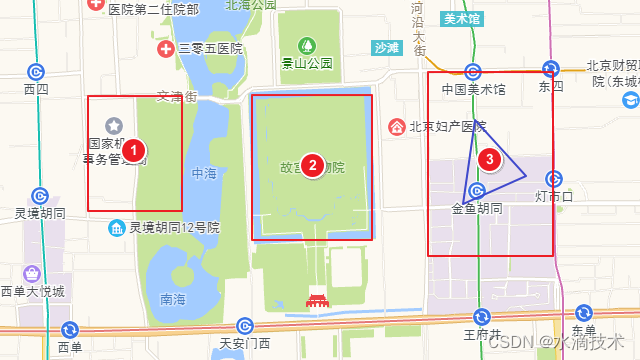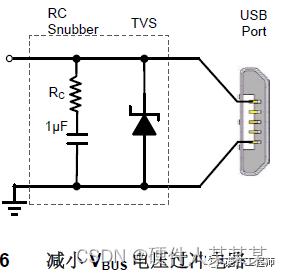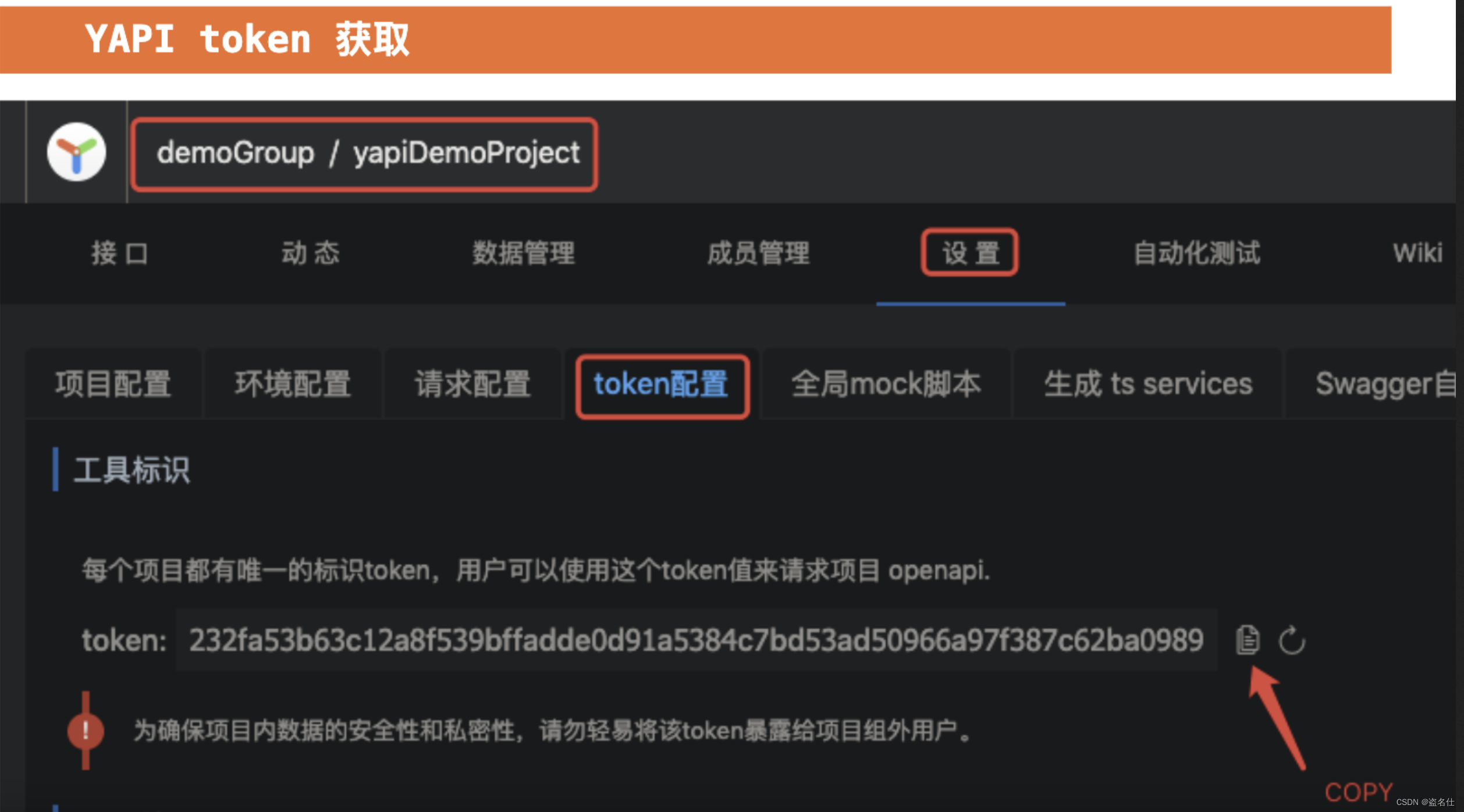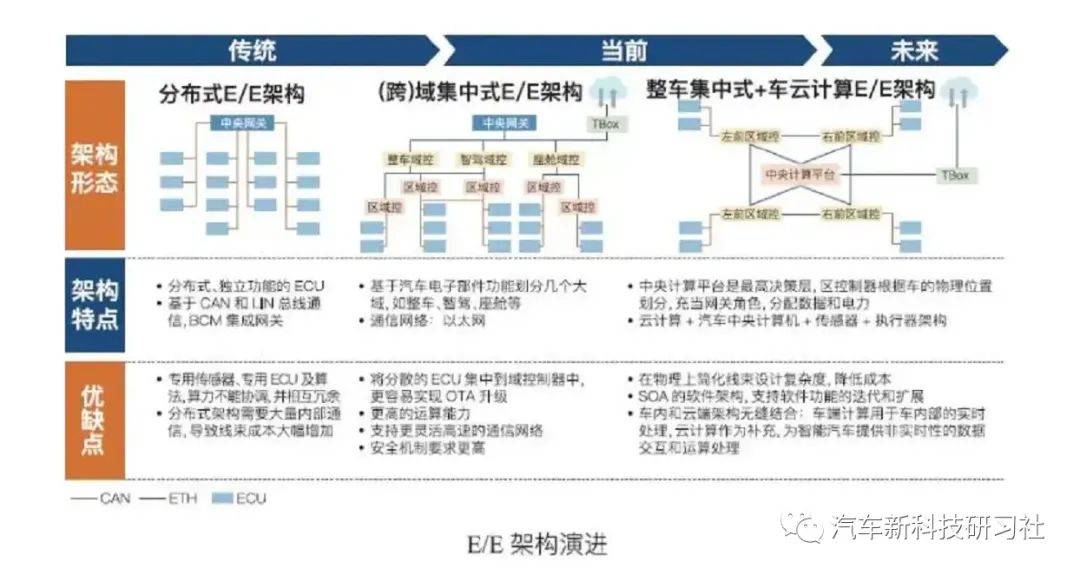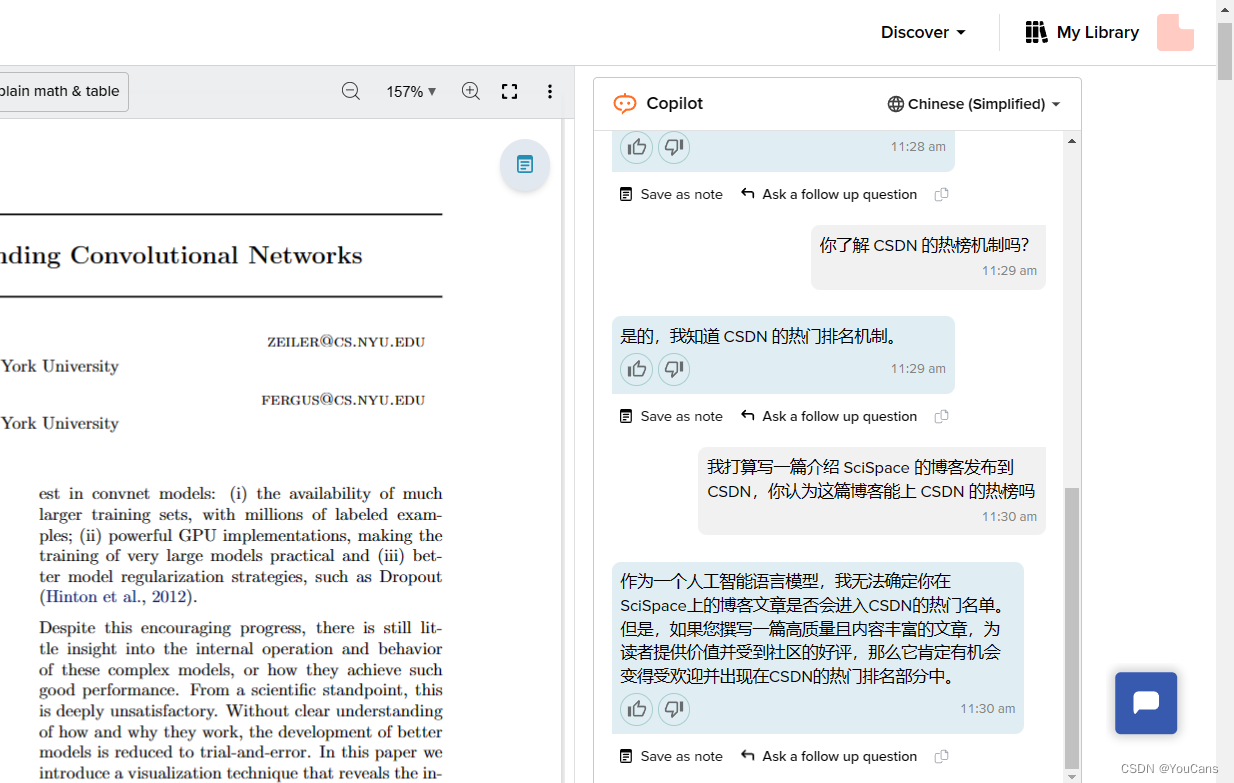系列文章目录
提示:这里可以添加系列文章的所有文章的目录,目录需要自己手动添加
例如:第一章 Python 机器学习入门之pandas的使用
文章目录
- 系列文章目录
- 前言
- 一、事件分发流程
- 1.1 事件分发流程概览
- 1.2 InputDispatcher
- 三、ANR触发流程
- 超时重置
- 2.1 onANRLocked
- 2.2 doNotifyANRLockedInterruptible
- 2.3 NativeInputManager.notifyANR
- 2.4 IMS.notifyANR
- 2.5 InputMonitor.notifyANR
- 2.6 DispatchingTimedOut
- 2.6.1 Token.keyDispatchingTimedOut
- 2.6.2 AMS.inputDispatchingTimedOut
- 2.7 AMS.inputDispatchingTimedOut
- 2.8 resumeAfterTargetsNotReadyTimeoutLocked
- 总结
前言
当input事件处理得慢就会触发ANR,那ANR内部原理是什么?
为了理解input ANR原理,需要先了解整个input框架的处理流程,详细可参考ANR基础-Input系统,先来回顾一下input流程。
一、事件分发流程
1.1 事件分发流程概览
了解ANR之前,一定了解事件分发的整个流程才行,主要流程如下图所示:
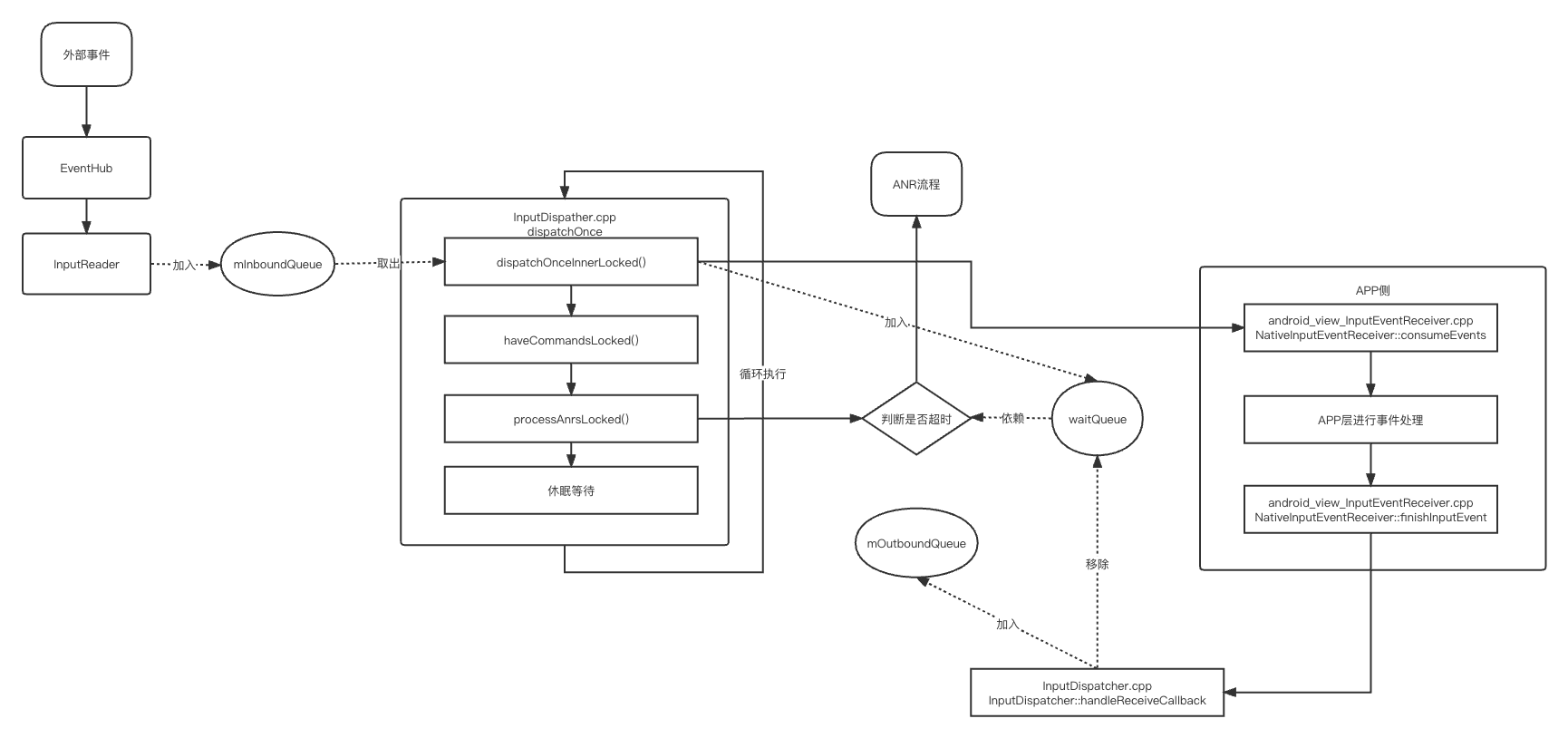
对于ANR的触发主要是在InputDispatcher过程。
1.2 InputDispatcher
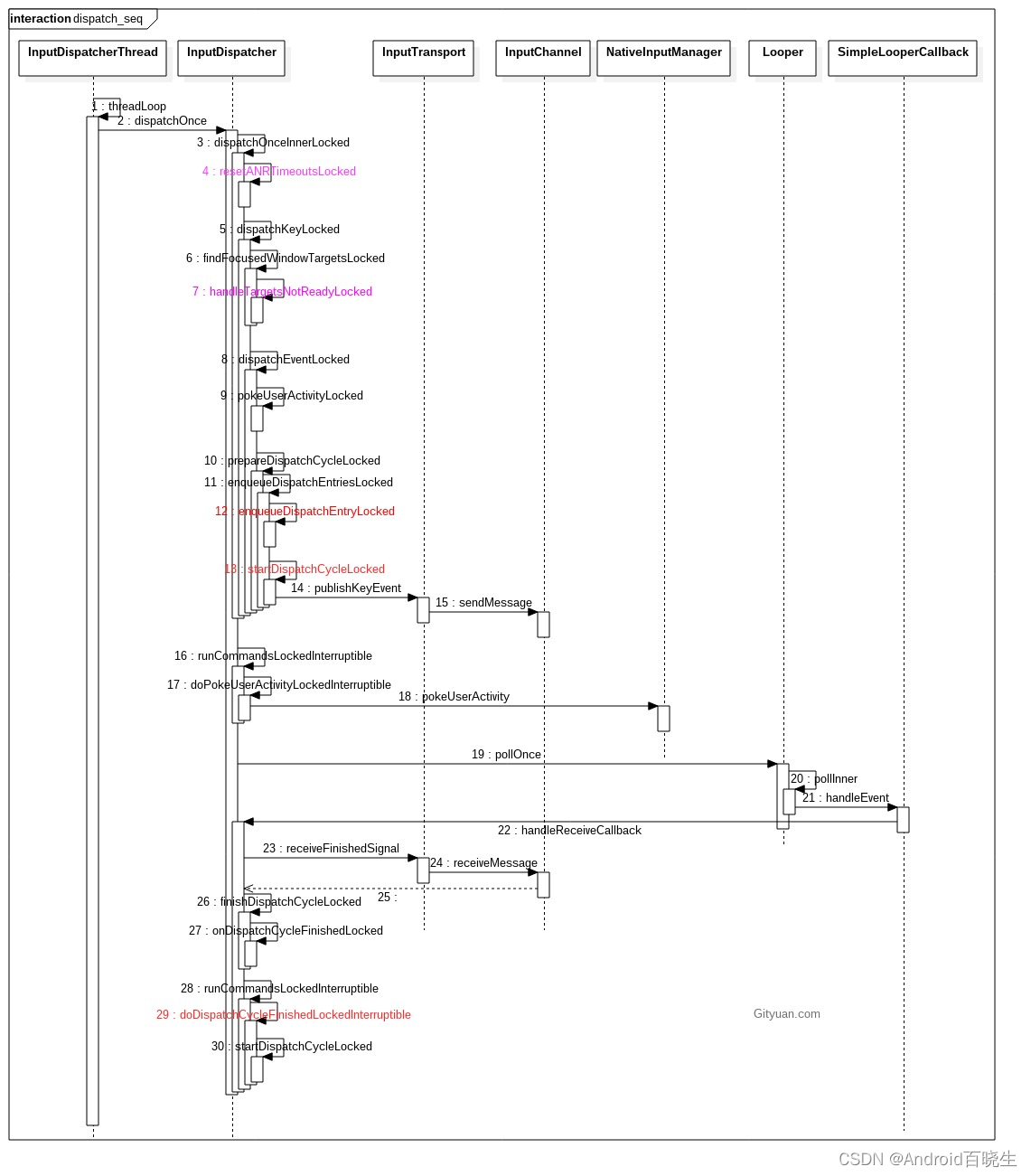
流程4,7为ANR处理过程,下面再详细来看ANR触发过程。
三、ANR触发流程
超时重置
简单来说, 主要是以下4个场景,会有机会执行resetANRTimeoutsLocked:
- 解冻屏幕, 系统开/关机的时刻点 (thawInputDispatchingLw, setEventDispatchingLw)
- wms聚焦app的改变 (WMS.setFocusedApp, WMS.removeAppToken)
- 设置input filter的过程 (IMS.setInputFilter)
- 再次分发事件的过程(dispatchOnceInnerLocked)
其中2,4场景比较常见,对应Google play后台Input Dispatching timed out和no focused window类型ANR,如图:
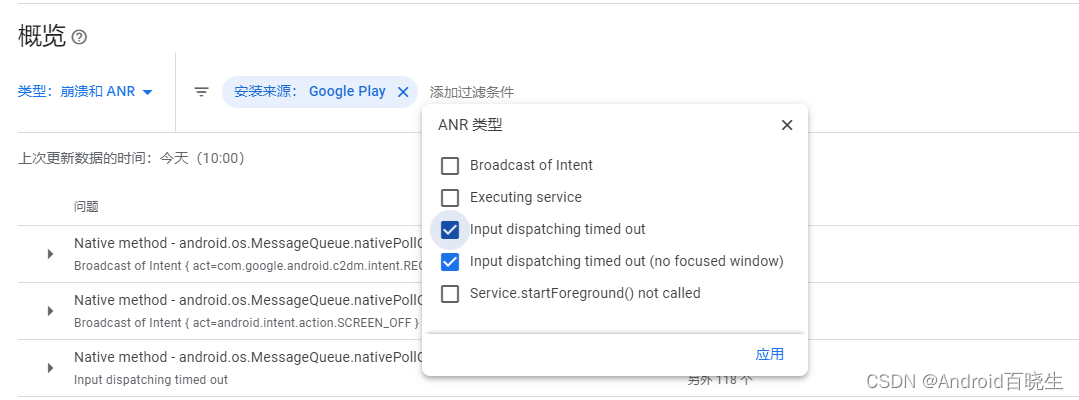
结合代码来看,ANR时间区间便是指当前这次的事件dispatch过程中执行findFocusedWindowTargetsLocked()方法到下一次执行resetANRTimeoutsLocked()的时间区间. 以下5个时机会reset. 都位于InputDispatcher.cpp文件: - resetAndDropEverythingLocked
- releasePendingEventLocked
- setFocusedApplication
- dispatchOnceInnerLocked
- setInputDispatchMode
当InputDispatcher线程 findFocusedWindowTargetsLocked()过程调用到handleTargetsNotReadyLocked,且满足超时5s的情况则会调用onANRLocked().
2.1 onANRLocked
InputDispatcher.cpp
void InputDispatcher::onANRLocked(
nsecs_t currentTime, const sp<InputApplicationHandle>& applicationHandle,
const sp<InputWindowHandle>& windowHandle,
nsecs_t eventTime, nsecs_t waitStartTime, const char* reason) {
float dispatchLatency = (currentTime - eventTime) * 0.000001f;
float waitDuration = (currentTime - waitStartTime) * 0.000001f;
ALOGI("Application is not responding: %s. "
"It has been %0.1fms since event, %0.1fms since wait started. Reason: %s",
getApplicationWindowLabelLocked(applicationHandle, windowHandle).string(),
dispatchLatency, waitDuration, reason);
//捕获ANR的现场信息
time_t t = time(NULL);
struct tm tm;
localtime_r(&t, &tm);
char timestr[64];
strftime(timestr, sizeof(timestr), "%F %T", &tm);
mLastANRState.clear();
mLastANRState.append(INDENT "ANR:\n");
mLastANRState.appendFormat(INDENT2 "Time: %s\n", timestr);
mLastANRState.appendFormat(INDENT2 "Window: %s\n",
getApplicationWindowLabelLocked(applicationHandle, windowHandle).string());
mLastANRState.appendFormat(INDENT2 "DispatchLatency: %0.1fms\n", dispatchLatency);
mLastANRState.appendFormat(INDENT2 "WaitDuration: %0.1fms\n", waitDuration);
mLastANRState.appendFormat(INDENT2 "Reason: %s\n", reason);
dumpDispatchStateLocked(mLastANRState);
//将ANR命令加入mCommandQueue
CommandEntry* commandEntry = postCommandLocked(
& InputDispatcher::doNotifyANRLockedInterruptible);
commandEntry->inputApplicationHandle = applicationHandle;
commandEntry->inputWindowHandle = windowHandle;
commandEntry->reason = reason;
}
发生ANR调用onANRLocked()的过程会将doNotifyANRLockedInterruptible加入mCommandQueue。 在下一轮InputDispatcher.dispatchOnce的过程中会先执行runCommandsLockedInterruptible()方法,取出 mCommandQueue队列的所有命令逐一执行。那么ANR所对应的命令doNotifyANRLockedInterruptible,接下来看该方法。
2.2 doNotifyANRLockedInterruptible
InputDispatcher.cpp
void InputDispatcher::doNotifyANRLockedInterruptible(
CommandEntry* commandEntry) {
mLock.unlock();
//[见小节2.3]
nsecs_t newTimeout = mPolicy->notifyANR(
commandEntry->inputApplicationHandle, commandEntry->inputWindowHandle,
commandEntry->reason);
mLock.lock();
//newTimeout =5s [见小节2.8]
resumeAfterTargetsNotReadyTimeoutLocked(newTimeout,
commandEntry->inputWindowHandle != NULL
? commandEntry->inputWindowHandle->getInputChannel() : NULL);
}
mPolicy是指NativeInputManager
2.3 NativeInputManager.notifyANR
com_android_server_input_InputManagerService.cpp
nsecs_t NativeInputManager::notifyANR(const sp<InputApplicationHandle>& inputApplicationHandle,
const sp<InputWindowHandle>& inputWindowHandle, const String8& reason) {
JNIEnv* env = jniEnv();
jobject inputApplicationHandleObj =
getInputApplicationHandleObjLocalRef(env, inputApplicationHandle);
jobject inputWindowHandleObj =
getInputWindowHandleObjLocalRef(env, inputWindowHandle);
jstring reasonObj = env->NewStringUTF(reason.string());
//调用Java方法[见小节2.4]
jlong newTimeout = env->CallLongMethod(mServiceObj,
gServiceClassInfo.notifyANR, inputApplicationHandleObj, inputWindowHandleObj,
reasonObj);
if (checkAndClearExceptionFromCallback(env, "notifyANR")) {
newTimeout = 0; //抛出异常,则清理并重置timeout
}
...
return newTimeout;
}
由register_android_server_InputManager过程,可知gServiceClassInfo.notifyANR是指IMS.notifyANR
int register_android_server_InputManager(JNIEnv* env) {
int res = jniRegisterNativeMethods(env, "com/android/server/input/InputManagerService",
gInputManagerMethods, NELEM(gInputManagerMethods));
jclass clazz;
FIND_CLASS(clazz, "com/android/server/input/InputManagerService");
...
GET_METHOD_ID(gServiceClassInfo.notifyANR, clazz,
"notifyANR",
"(Lcom/android/server/input/InputApplicationHandle;Lcom/android/server/input/InputWindowHandle;Ljava/lang/String;)J");
...
}
2.4 IMS.notifyANR
InputManagerService.java
private long notifyANR(InputApplicationHandle inputApplicationHandle, InputWindowHandle inputWindowHandle, String reason) {
//[见小节2.5]
return mWindowManagerCallbacks.notifyANR(
inputApplicationHandle, inputWindowHandle, reason);
}
mWindowManagerCallbacks是指InputMonitor对象。
2.5 InputMonitor.notifyANR
InputMonitor.java
public long notifyANR(InputApplicationHandle inputApplicationHandle, InputWindowHandle inputWindowHandle, String reason) {
AppWindowToken appWindowToken = null;
WindowState windowState = null;
boolean aboveSystem = false;
synchronized (mService.mWindowMap) {
if (inputWindowHandle != null) {
windowState = (WindowState) inputWindowHandle.windowState;
if (windowState != null) {
appWindowToken = windowState.mAppToken;
}
}
if (appWindowToken == null && inputApplicationHandle != null) {
appWindowToken = (AppWindowToken)inputApplicationHandle.appWindowToken;
}
//输出input事件分发超时log
if (windowState != null) {
Slog.i(WindowManagerService.TAG, "Input event dispatching timed out "
+ "sending to " + windowState.mAttrs.getTitle()
+ ". Reason: " + reason);
int systemAlertLayer = mService.mPolicy.windowTypeToLayerLw(
WindowManager.LayoutParams.TYPE_SYSTEM_ALERT);
aboveSystem = windowState.mBaseLayer > systemAlertLayer;
} else if (appWindowToken != null) {
Slog.i(WindowManagerService.TAG, "Input event dispatching timed out "
+ "sending to application " + appWindowToken.stringName
+ ". Reason: " + reason);
} else {
Slog.i(WindowManagerService.TAG, "Input event dispatching timed out "
+ ". Reason: " + reason);
}
mService.saveANRStateLocked(appWindowToken, windowState, reason);
}
if (appWindowToken != null && appWindowToken.appToken != null) {
//【见小节2.6.1】
boolean abort = appWindowToken.appToken.keyDispatchingTimedOut(reason);
if (! abort) {
return appWindowToken.inputDispatchingTimeoutNanos; //5s
}
} else if (windowState != null) {
//【见小节2.6.2】
long timeout = ActivityManagerNative.getDefault().inputDispatchingTimedOut(
windowState.mSession.mPid, aboveSystem, reason);
if (timeout >= 0) {
return timeout * 1000000L; //5s
}
}
return 0;
}
发生input相关的ANR时在system log输出ANR信息,并且tag为WindowManager. 主要有3类log:
- Input event dispatching timed out sending to [windowState.mAttrs.getTitle()]
- Input event dispatching timed out sending to application [appWindowToken.stringName)]
- Input event dispatching timed out sending.
2.6 DispatchingTimedOut
2.6.1 Token.keyDispatchingTimedOut
ActivityRecord.java
final class ActivityRecord {
static class Token extends IApplicationToken.Stub {
public boolean keyDispatchingTimedOut(String reason) {
ActivityRecord r;
ActivityRecord anrActivity;
ProcessRecord anrApp;
synchronized (mService) {
r = tokenToActivityRecordLocked(this);
if (r == null) {
return false;
}
anrActivity = r.getWaitingHistoryRecordLocked();
anrApp = r != null ? r.app : null;
}
//[见小节2.6.2]
return mService.inputDispatchingTimedOut(anrApp, anrActivity, r, false, reason);
}
...
}
}
2.6.2 AMS.inputDispatchingTimedOut
public long inputDispatchingTimedOut(int pid, final boolean aboveSystem, String reason) {
...
ProcessRecord proc;
long timeout;
synchronized (this) {
synchronized (mPidsSelfLocked) {
proc = mPidsSelfLocked.get(pid); //根据pid查看进程record
}
timeout = getInputDispatchingTimeoutLocked(proc);
}
//【见小节2.7】
if (!inputDispatchingTimedOut(proc, null, null, aboveSystem, reason)) {
return -1;
}
return timeout;
}
inputDispatching的超时为KEY_DISPATCHING_TIMEOUT,即timeout = 5s。
2.7 AMS.inputDispatchingTimedOut
public boolean inputDispatchingTimedOut(final ProcessRecord proc, final ActivityRecord activity, final ActivityRecord parent, final boolean aboveSystem, String reason) {
...
final String annotation;
if (reason == null) {
annotation = "Input dispatching timed out";
} else {
annotation = "Input dispatching timed out (" + reason + ")";
}
if (proc != null) {
...
//通过handler机制,交由“ActivityManager”线程执行ANR处理过程。
mHandler.post(new Runnable() {
public void run() {
appNotResponding(proc, activity, parent, aboveSystem, annotation);
}
});
}
return true;
}
appNotResponding会输出现场的重要进程的trace等信息。 再回到【小节2.2】处理完ANR后再调用resumeAfterTargetsNotReadyTimeoutLocked。
2.8 resumeAfterTargetsNotReadyTimeoutLocked
InputDispatcher.cpp
void InputDispatcher::resumeAfterTargetsNotReadyTimeoutLocked(nsecs_t newTimeout,
const sp<InputChannel>& inputChannel) {
if (newTimeout > 0) {
//超时时间增加5s
mInputTargetWaitTimeoutTime = now() + newTimeout;
} else {
// Give up.
mInputTargetWaitTimeoutExpired = true;
// Input state will not be realistic. Mark it out of sync.
if (inputChannel.get()) {
ssize_t connectionIndex = getConnectionIndexLocked(inputChannel);
if (connectionIndex >= 0) {
sp<Connection> connection = mConnectionsByFd.valueAt(connectionIndex);
sp<InputWindowHandle> windowHandle = connection->inputWindowHandle;
if (windowHandle != NULL) {
const InputWindowInfo* info = windowHandle->getInfo();
if (info) {
ssize_t stateIndex = mTouchStatesByDisplay.indexOfKey(info->displayId);
if (stateIndex >= 0) {
mTouchStatesByDisplay.editValueAt(stateIndex).removeWindow(
windowHandle);
}
}
}
if (connection->status == Connection::STATUS_NORMAL) {
CancelationOptions options(CancelationOptions::CANCEL_ALL_EVENTS,
"application not responding");
synthesizeCancelationEventsForConnectionLocked(connection, options);
}
}
}
}
}
至此,已完成一次input事件过程中,完整的ANR处理流程。
总结
Input超时机制总结如下:
事件分发dispatch过程中会通过一个变量记录当前执行时间,下一次事件分发过程会检测该时间,如果ANR时间区间超过timeout时长(即5s)则会执行ANR流程,弹出ANR弹框
wms聚焦app的改变 (WMS.setFocusedApp, WMS.removeAppToken),以及再次分发事件的过程(dispatchOnceInnerLocked)等场景,都会重置ANR时间区间。
相关类:
- IMS,即InputManagerService;
- InputReader
- InputDispather
ps:超时区间是指:执行findFocusedWindowTargetsLocked()方法到下一次执行resetANRTimeoutsLocked()的时间区间.
参考:
Input类型ANR产生原理讲解
Input系统—ANR原理分析
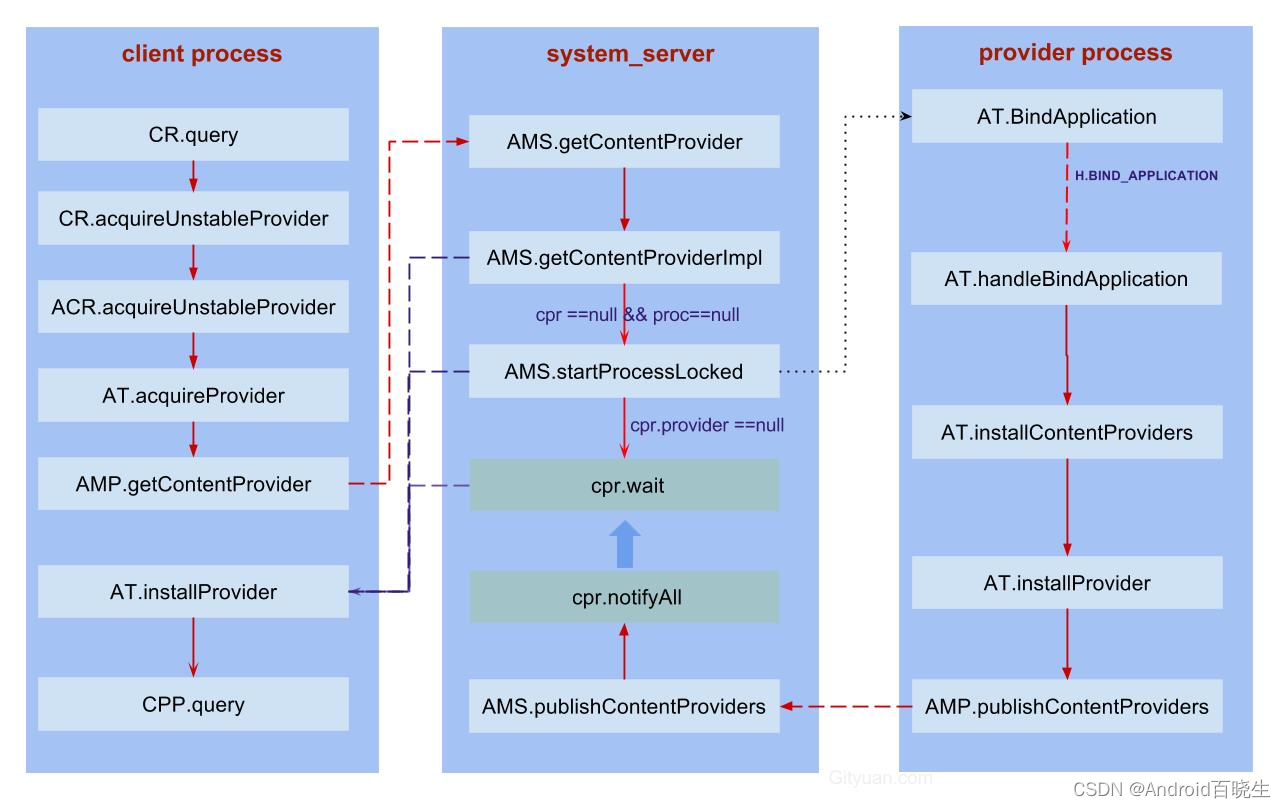


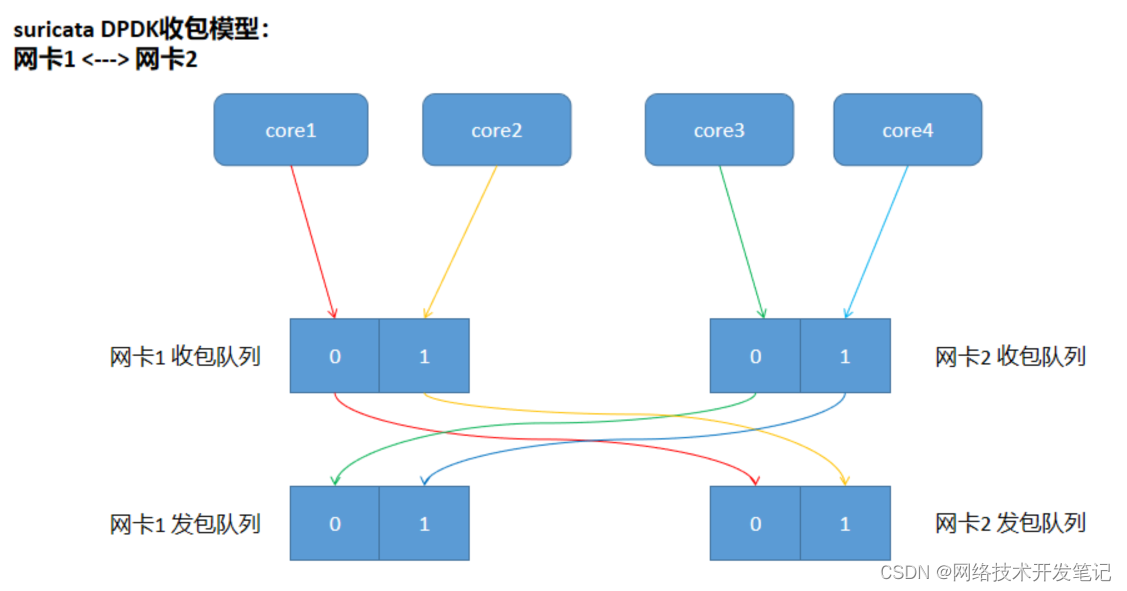
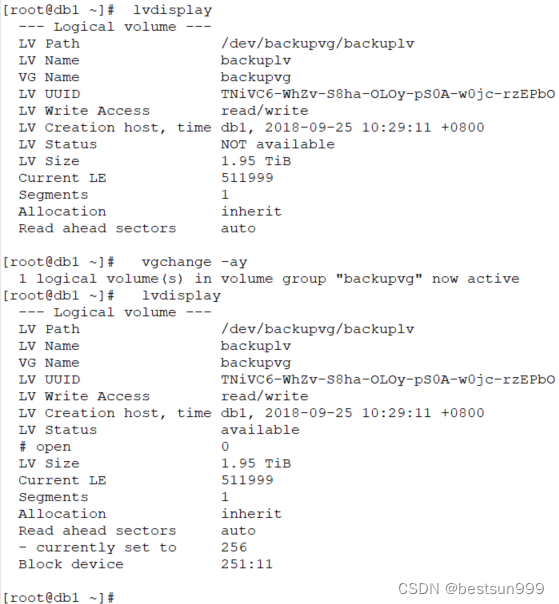
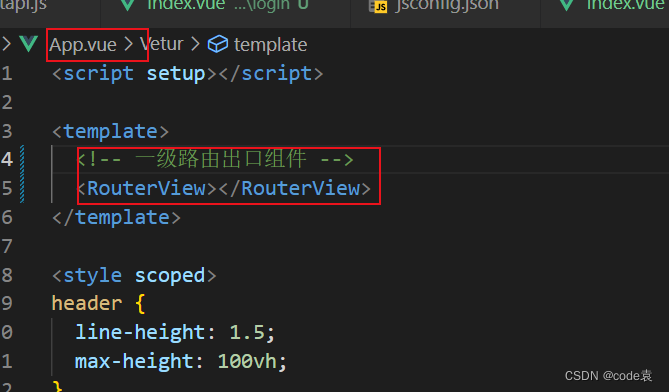

![[遗传学]转座因子的结构与功能](https://img-blog.csdnimg.cn/img_convert/4dd9369945d9f61b5a58abc22f4e6a63.png)
